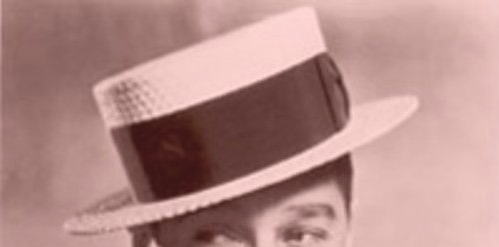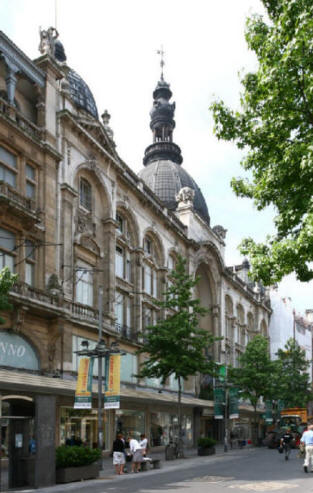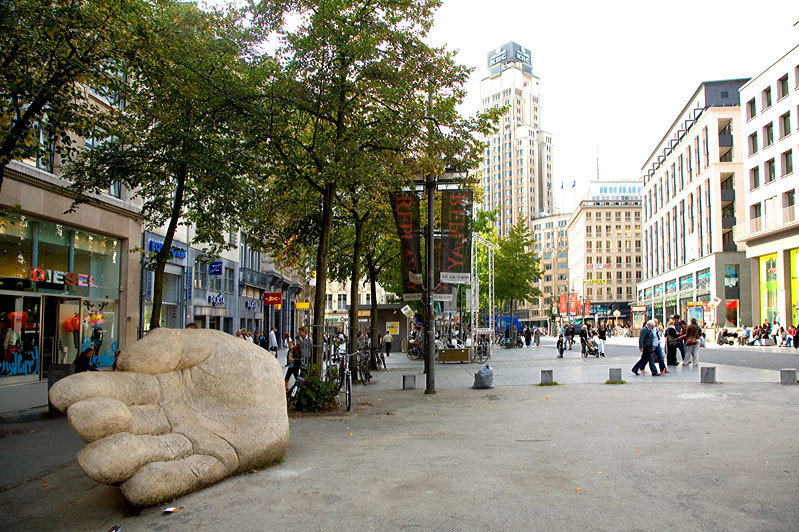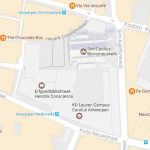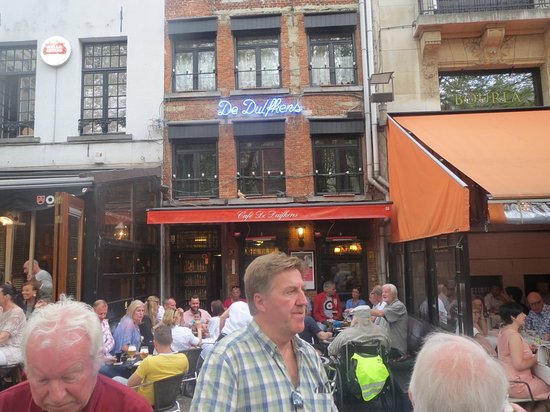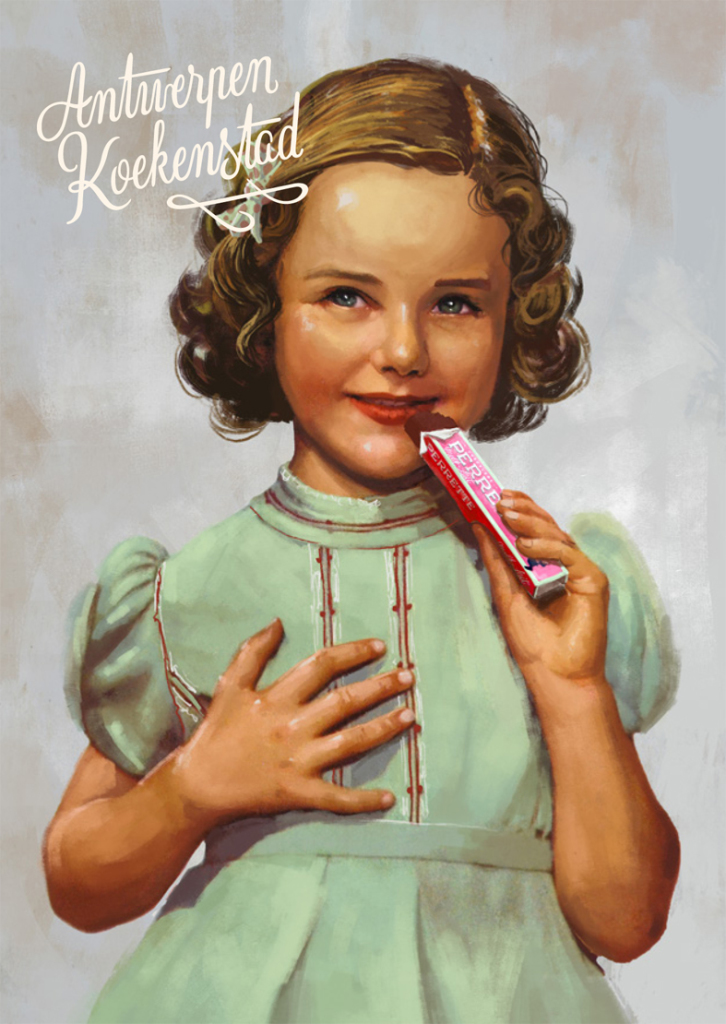City Hall: a miraculous rebirth
Since a few years the City Hall, situated in the middle of the Meir, has revived. This time not as a festive hall, but as a shopping centre. Shopping times two, one could say, as the complex lies within the main shopping boulevard of the town.
The Hall was built in 1908 based on plans made by Alexis Van Mechelen. Van Mechelen found inspiration in classic architecture, but used the different elements freely in an eclectic style. Which is typical of the epoch. The monumental facade is situated at the point where the Meir slightly changes direction. Van Mechelen turned this difficulty into an opportunity. He designed a concave facade, so that the City Hall gets all attention from all walkers-by. Not only those heading for Central Station, but just as well from strollers heading for the historical city center.
For the facade Van Mechelen used both light coloured sandstone and darker chalkstone. Remarkable is the central entrance, highly ornamented in a more baroque style. It is crowned with a gilded niche. Many stories exist as to why the niche remained empty, and what the developers wanted to put there. So far I haven’t found a satisfactory answer.
In the first part of its history, the building served as a host to a number of events. The very first Antwerp Car Show took place there. In the 1950’s and 1960’s people went there to see the latest trends in radio and tv. Millions of people visited the traditional Antwerp Book Fair. The Mayor invited the town’s inhabitants to his balls. Santaclaus visited the town’s kids,…
Lightning strikes
In 2000 a Christmas Gifts Fair took place in the building. Local companies of all kind had put up small stands in the inner square. Probably one of the stands caused a short-circuit and the whole place burned down. The result was indeed a very sorry sight to see. Fortunately nobody was hurt.
After a few years City Hall opened its doors again, in all its splendour. Only now we do not go there for the Mayor’s Ball anymore, but it has become one of the most flashy shopping malls in towns.
You can visit City Hall virtually on the Interbuild-site.
More on shopping on the City Hall website.
